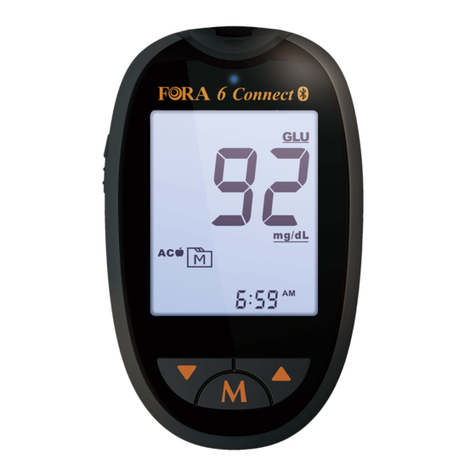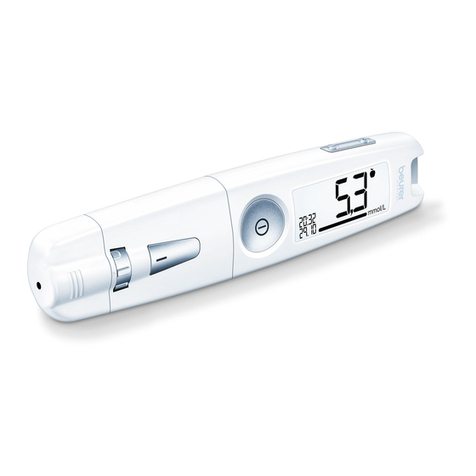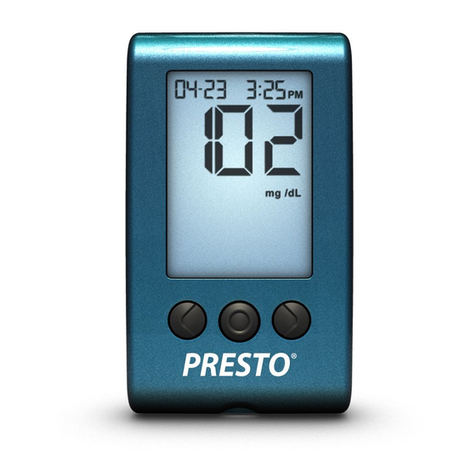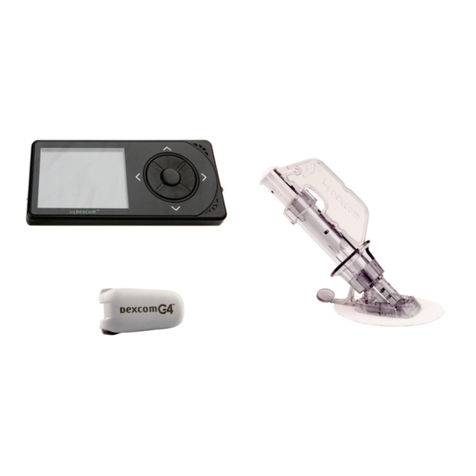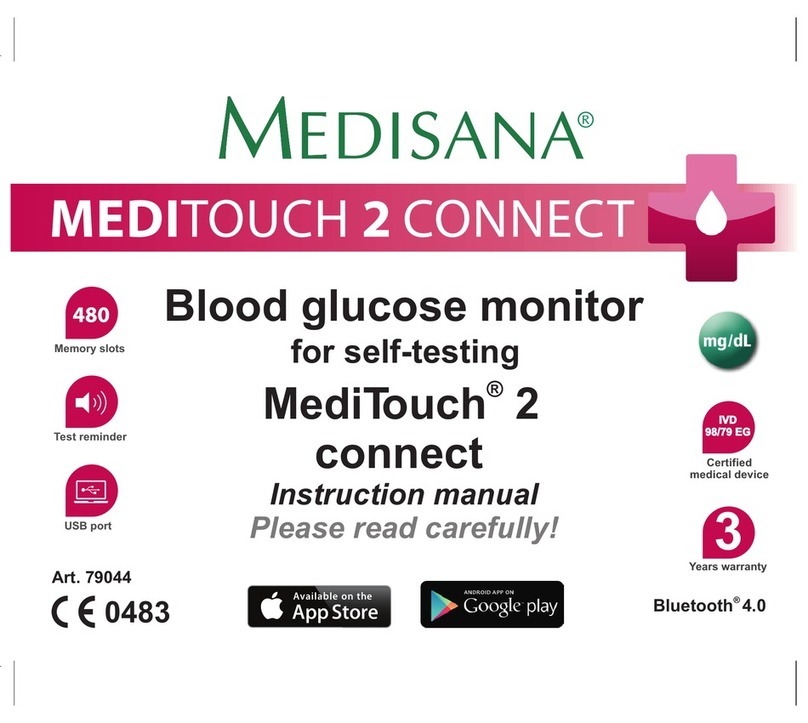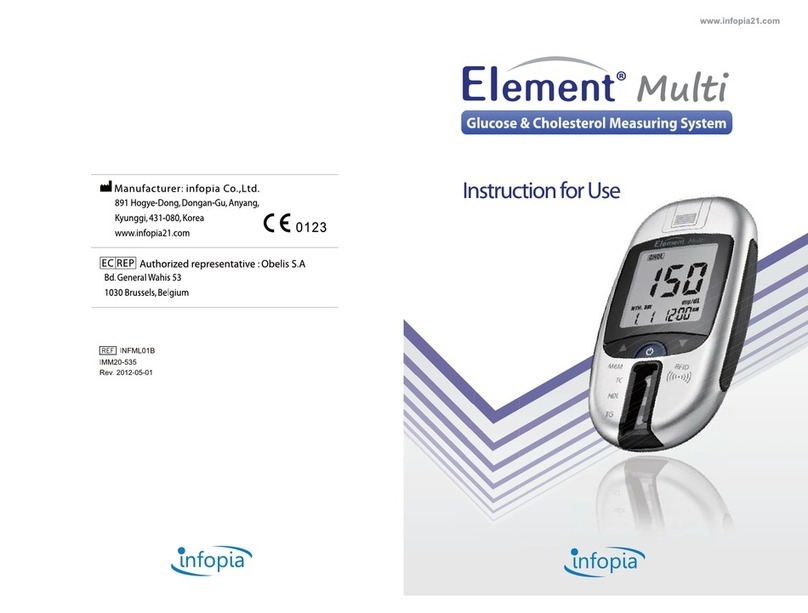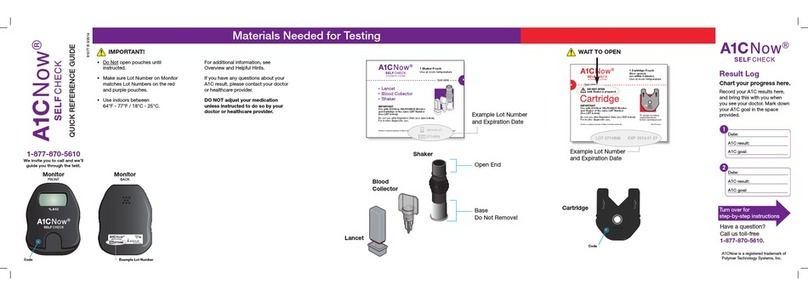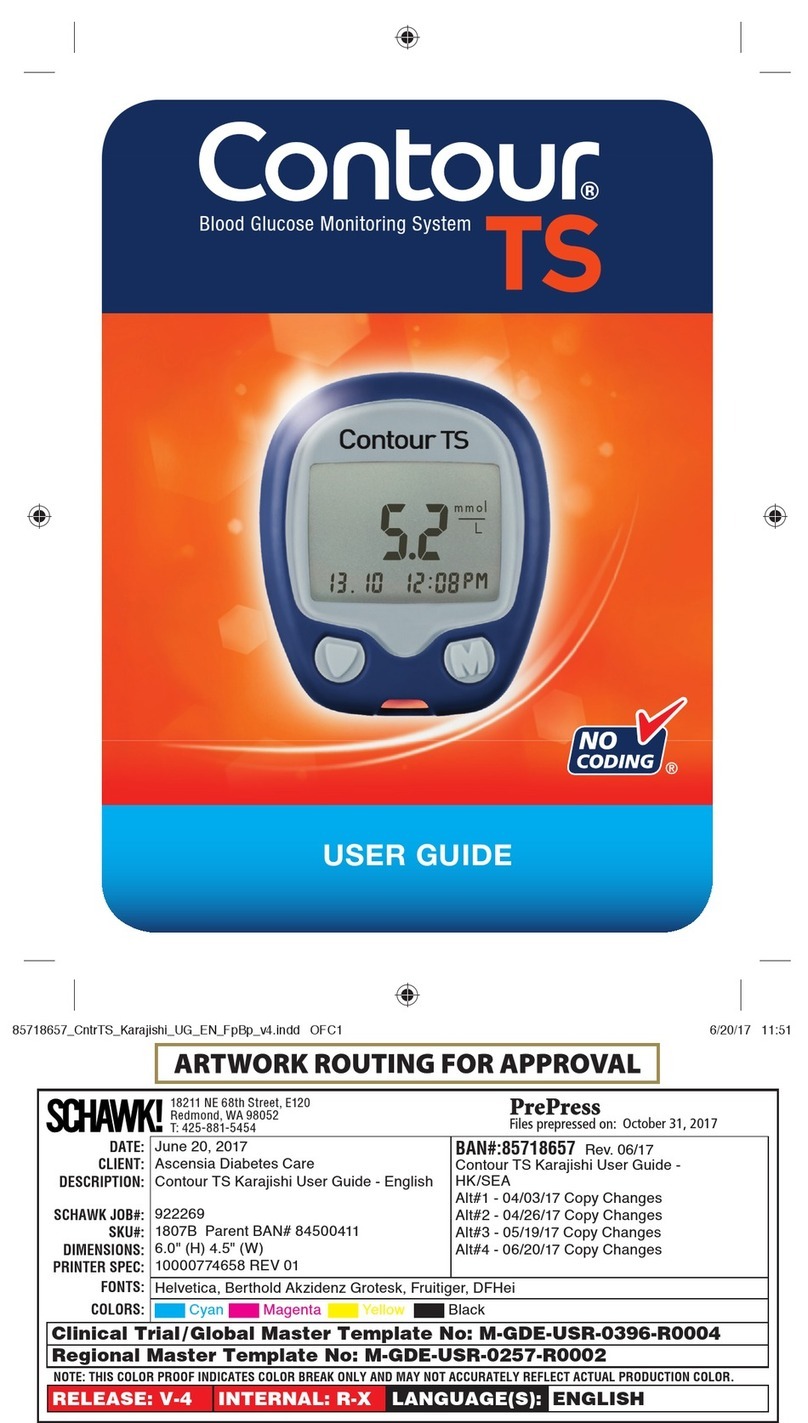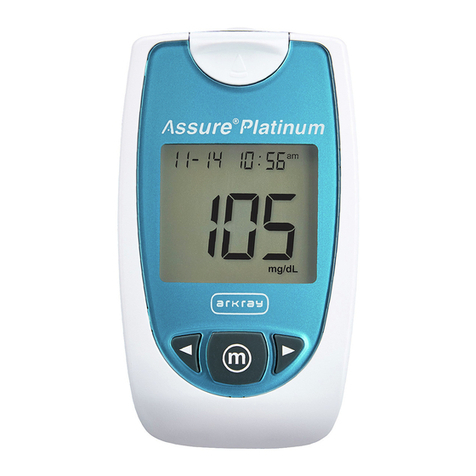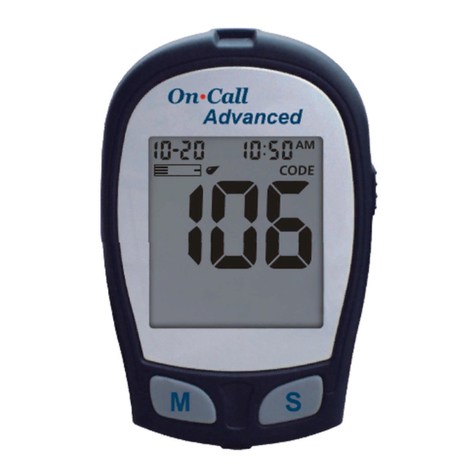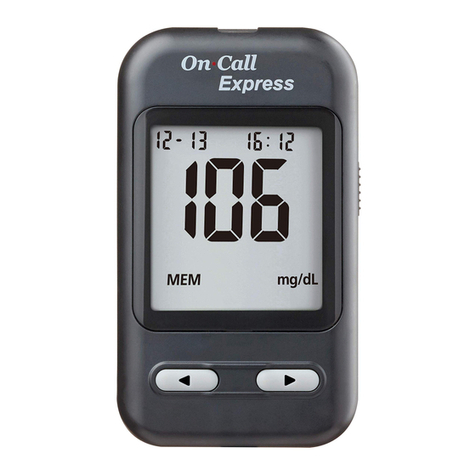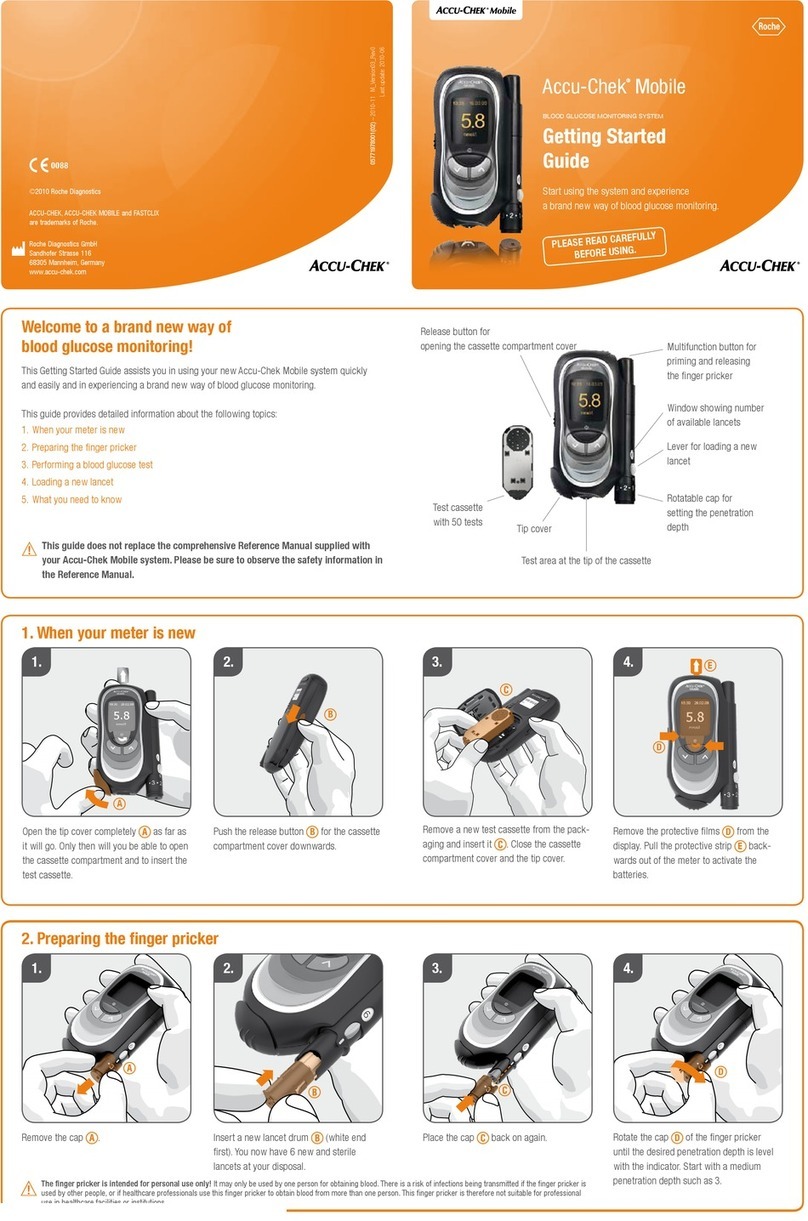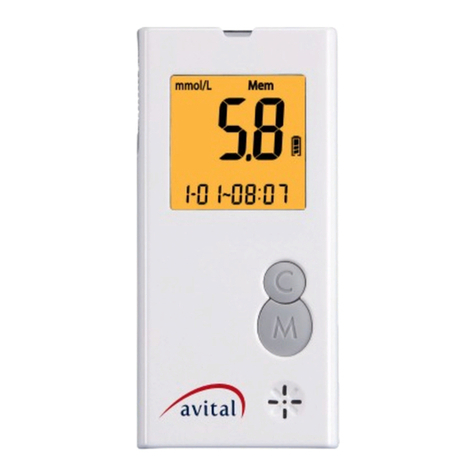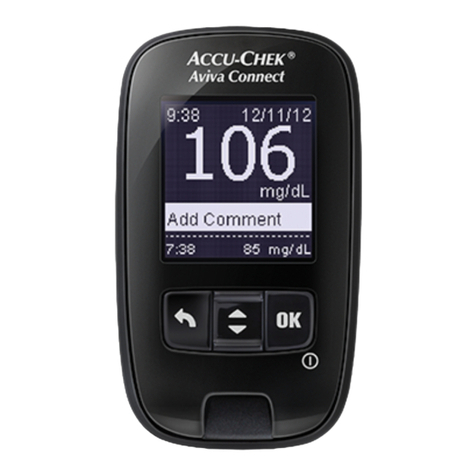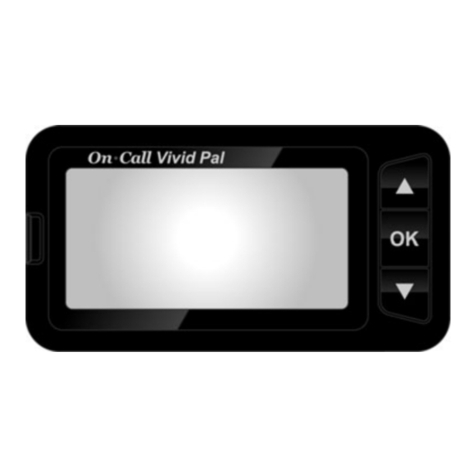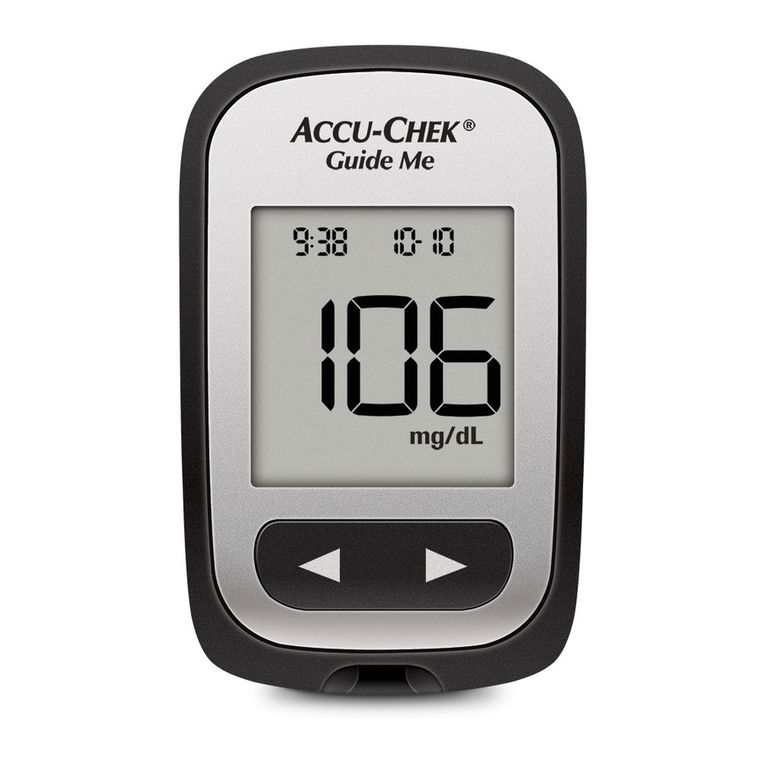FOR-A D10 User manual
Other FOR-A Blood Glucose Meter manuals

FOR-A
FOR-A COMFORT check G40 User manual
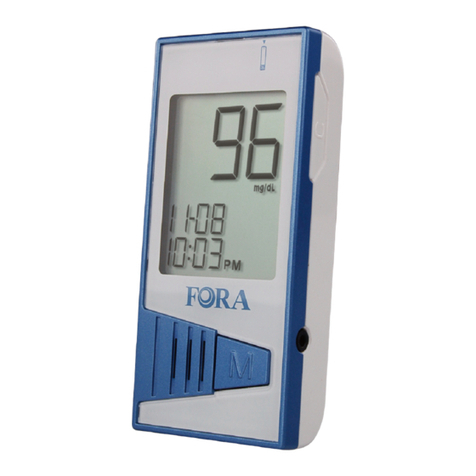
FOR-A
FOR-A V12 User manual
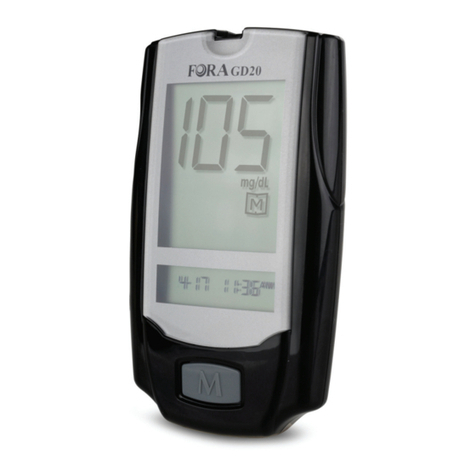
FOR-A
FOR-A GD20 User manual

FOR-A
FOR-A Diamond PRIMA User manual

FOR-A
FOR-A G31 User manual

FOR-A
FOR-A Diamond Mini User manual
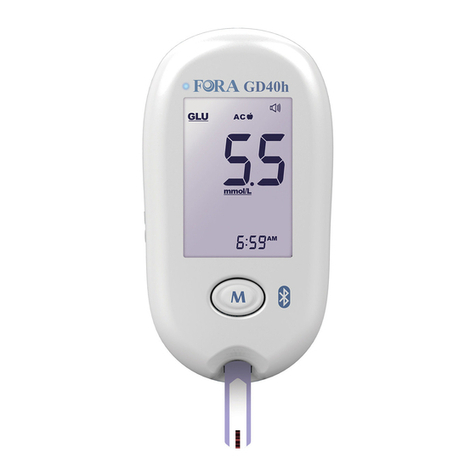
FOR-A
FOR-A COMFORT pro GD40 User manual

FOR-A
FOR-A Diamond GD50 User manual
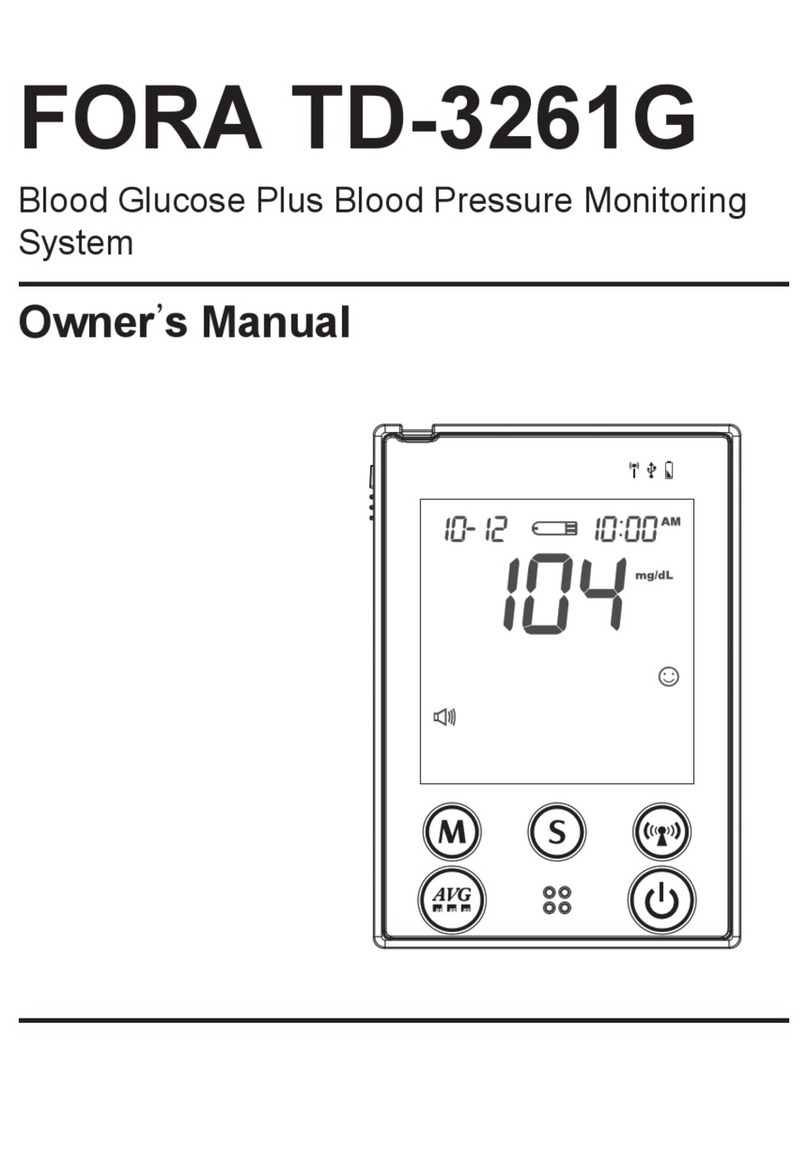
FOR-A
FOR-A TD-3261G User manual

FOR-A
FOR-A TNG VOICE User manual

FOR-A
FOR-A GD20 User manual

FOR-A
FOR-A Advanced pro GD40g User manual

FOR-A
FOR-A TNG VOICE Setup guide
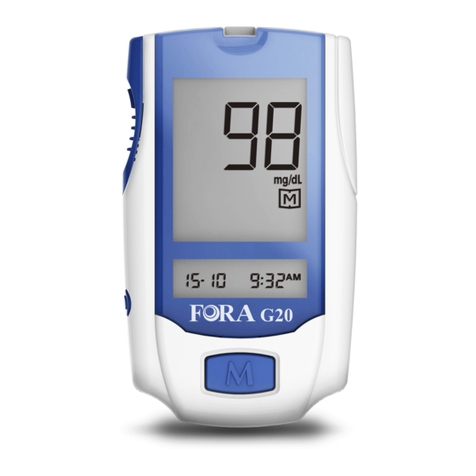
FOR-A
FOR-A G20 User manual
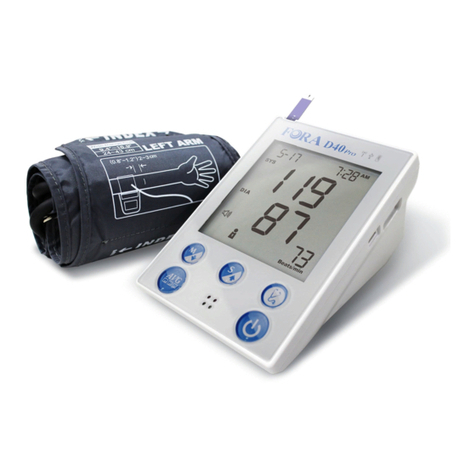
FOR-A
FOR-A D40 DUO ultima User manual
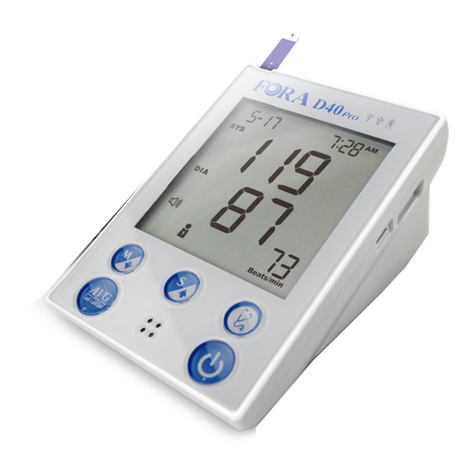
FOR-A
FOR-A DUO ultima D40 User manual
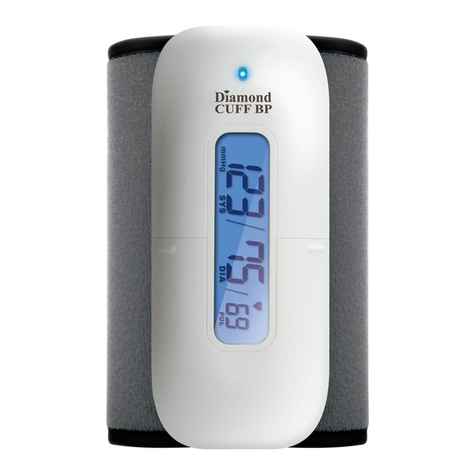
FOR-A
FOR-A Diamond CUFF BP User manual

FOR-A
FOR-A G20 User manual
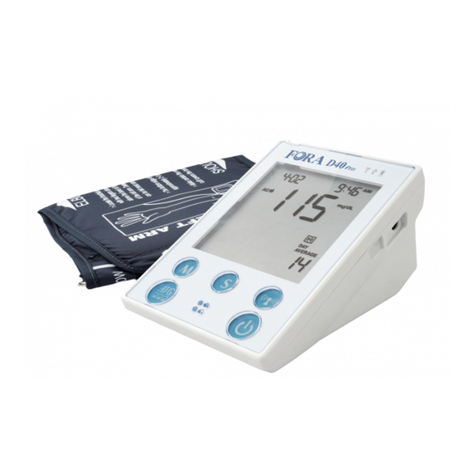
FOR-A
FOR-A D40 Pro Reference guide

FOR-A
FOR-A MD User manual
